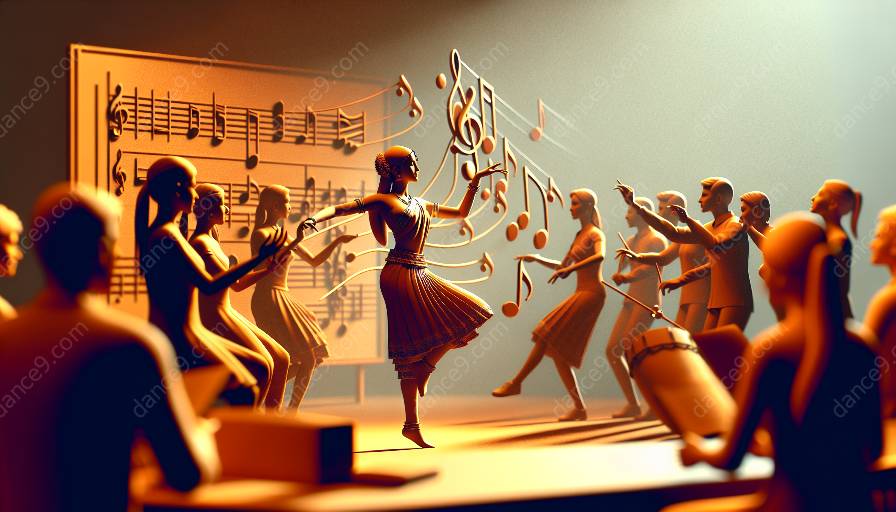Live music has a profound impact on dance performances, influencing the atmosphere, rhythm, emotions, and overall experience for both performers and the audience. The relationship between dance and music is deeply intertwined, with music often serving as the driving force behind the choreography and emotional expression of the dancers. When analyzing the impact of live music on dance performances, it is important to consider factors such as rhythm, tempo, dynamics, and style, as these elements significantly contribute to the synergy between music and dance. This topic cluster explores the intricate connection between live music and dance performances and delves into the profound influence of music on the world of dance.
The Relationship Between Dance and Music
Dance and music share a symbiotic relationship, each enhancing and complementing the other. Music offers a rhythmic structure that dancers can connect with, interpreting the melodies and beats through movement and expression. The partnership between dance and music is evident in various dance forms, including ballet, contemporary, jazz, and traditional cultural dances. In many cases, choreographers collaborate closely with musicians to develop a seamless fusion of movement and sound, resulting in powerful and evocative performances that resonate with audiences on a profound level.
Understanding the Impact of Live Music on Dance
Live music brings a unique energy and authenticity to dance performances, elevating the emotional and sensory experience for both practitioners and spectators. The presence of live musicians on stage or in the performance space creates an immersive environment, allowing dancers to synchronize their movements with the live instrumentation and vocal expressions. The live interaction between musicians and dancers generates a dynamic synergy that often transcends the boundaries of traditional dance routines, leading to spontaneous and captivating interactions that captivate the audience.
Moreover, live music provides dancers with a direct connection to the musician's interpretations, enabling them to infuse their performances with spontaneity and emotional depth. This interactive exchange between music and dance enhances the overall narrative and emotional impact of the performance, creating a more vivid and memorable experience for everyone involved.
Impact of Music on the World of Dance
The impact of music on the world of dance extends beyond individual performances, influencing choreographic trends, artistic expressions, and cultural movements within the dance community. Music not only sets the tone and mood for dance performances but also inspires choreographers to explore innovative movement vocabulary and thematic interpretations. The fusion of live music and dance serves as a catalyst for artistic experimentation, pushing the boundaries of traditional dance forms and generating new waves of creativity within the dance industry.
Furthermore, the symbiotic relationship between music and dance has contributed to the evolution of interdisciplinary collaborations, bridging the gap between different artistic disciplines and cultural traditions. Live music acts as a unifying force, bringing together dancers, musicians, and audiences from diverse backgrounds to share in the transformative power of artistic expression.
Conclusion
Live music significantly impacts dance performances, enriching the emotional depth, expressive range, and creative potential of dance as an art form. The intricate relationship between dance and music continues to inspire innovation, collaboration, and artistic evolution within the realm of dance studies. By delving into the profound connection between live music and dance performances, we gain a deeper appreciation for the transformative power of music in shaping the dynamic and multifaceted world of dance.

















